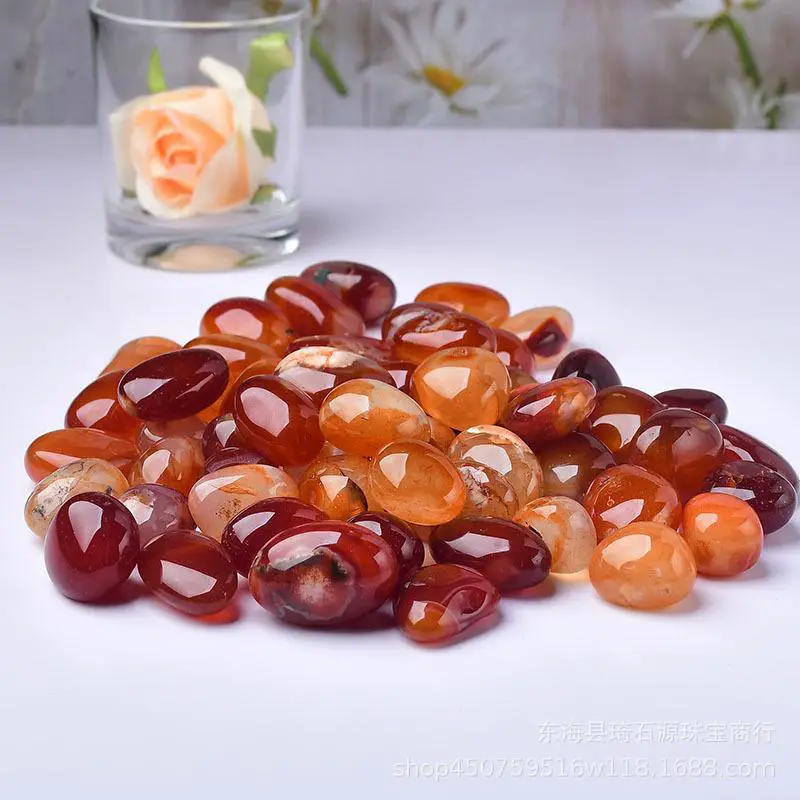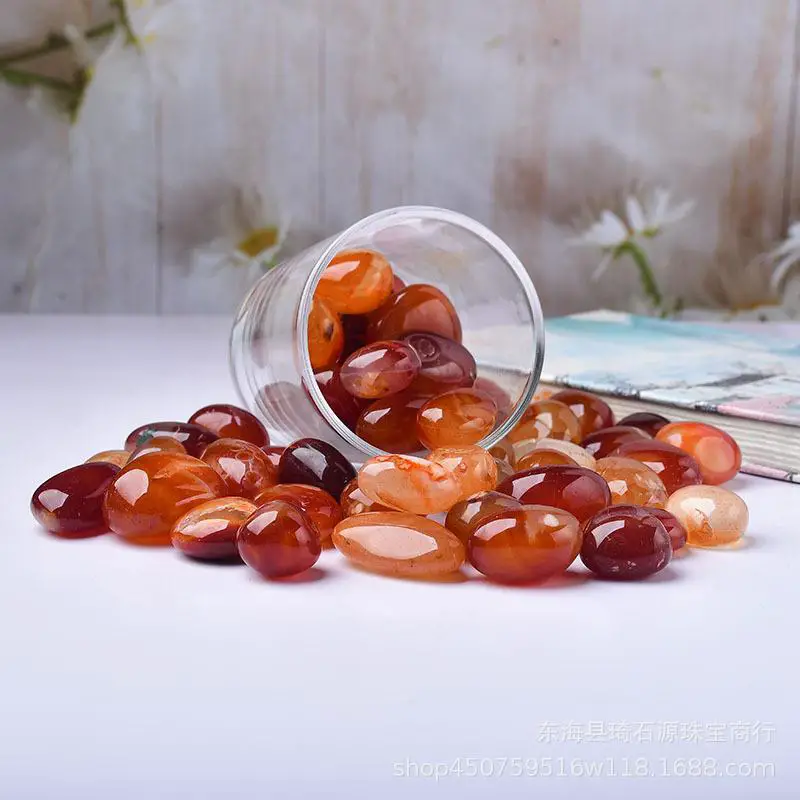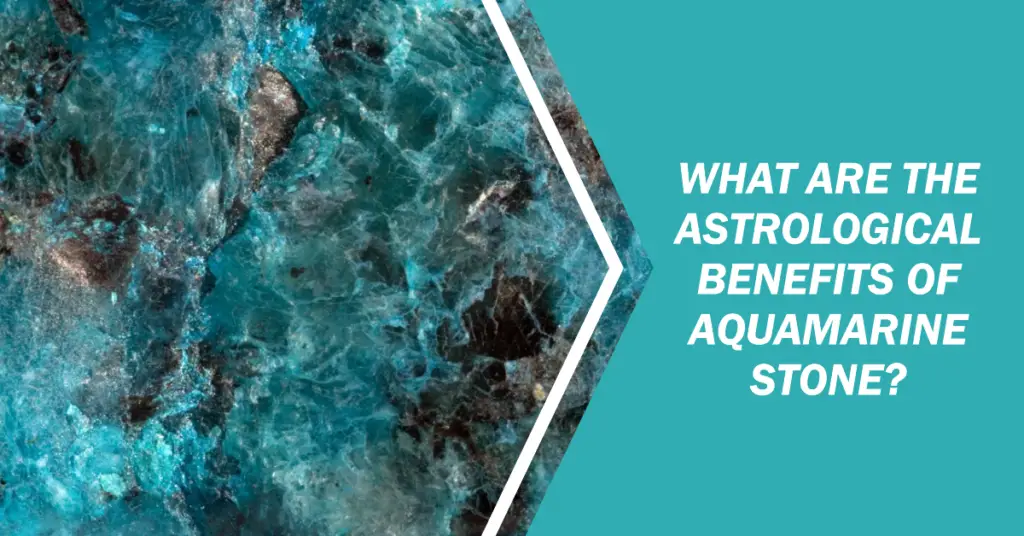Some people are surprised to find their carnelian discolored. Frustrated, huh?
Carnelian sometimes turns yellow, brown or light.
Is this a natural discoloration over time, or is there something wrong with it?
Let’s take a deeper look.
What Gives Carnelian Its Color?
Carnelian belongs to the chalcedony family of cryptocrystalline quartz. It forms in porous blocks of silica like agate and jasper.
Although its chemical composition is the same as that of other chalcedony gemstones, trace amounts of impurities form the unique color of carnelian.
Iron oxide is the main reason for the orange and red color of carnelian. The more iron in the gemstone, the deeper the color saturation. Chromium and hydroxides also affect the signature fiery red hue of carnelian.
The vibrancy and richness of the color of carnelian depends to a large extent on the geological environment in which it was formed.
Iron-rich metamorphic and igneous rocks produce the most intensely colored specimens. Deep orange-red carnelian is abundant in places such as India and Brazil.
Therefore, ideally, the vibrant color of carnelian will remain stable over time, as this stems from its intrinsic mineral properties.
However, the environment in which the carnelian is found and the method of treatment will alter its hue, for better or for worse.
What makes carnelian change color?
The color of carnelian depends on a delicate chemical balance, and when conditions change, so does the color. Here are some of the factors that affect the shade of carnelian color:
Sunlight Exposure:
Prolonged exposure to strong sunlight will cause many colored gemstones to fade. After years or even decades of exposure to sunlight, carnelian will fade to a pale orange and yellowish color.
This light fading is caused by light energy depleting the iron ions that give carnelian its red color. To maintain its color, carnelian should be stored in a dark place when not in use.
Heat Treated:
Carnelian is heated to produce a more intense orange-red hue, like baking a clay pot. Moderate and high heat treatments will produce a bold, deep red hue.
However, excessive heating will burn the stone to a black or yellow color.
Dyed and Waxed:
Some carnelians on the market have been treated with dyes, waxes and oils to add color. These coatings will eventually wear off and cause the color to drop dramatically. Therefore, please try to choose untreated natural carnelian to avoid color fading.
Contact with chemicals:
Household chemicals such as chlorine, acids and hydrogen peroxide can strip or change the color of carnelian over time. Avoid contact between carnelian and irritants. Even mild chemical exposure can cause the color to deepen.
Irradiation:
Carnelian is occasionally irradiated to deepen the color. However, this treatment is not stable. Irradiated carnelian usually reverts to a lighter hue with light and wear.
Natural carnelian can maintain a stable color when protected from light and chemicals. However, treatments and environmental factors can also greatly alter its hue. When a carnelian’s color looks off, have its history and care evaluated.

The Metaphysical Meaning of Color Changes
In crystal healing, changes in the appearance of a gemstone have spiritual symbolism. What does the change in color of Carnelian represent?
From Pale to Vivid: Faded carnelian comes back to life, reflecting personal revitalization. It signals that your passion is awakening after a period of exhaustion or despair. Let the bold return of color rekindle your fighting spirit.
From Vivid to Pale: When the bright carnelian fades, it signals neglected dreams and a sagging spirit. Use the gemstone’s new meditative hue to contemplate ways to refocus forgotten goals.
Even Fading: The overall fading represents a transition period, like the scales tipping to a new chapter in life. Take time to process and integrate the changes on the horizon.
Spotted Fading: Jagged areas of fading symbolize obstacles or resistance in some area of life. Think of these spots as clues to issues that need to be addressed. Commit to the struggle.
Sudden Color Change: A rapid change in the appearance of Carnelian reflects an intense or sudden personal awakening. This shift focuses your true priorities.
Thus, the changing colors of Carnelian are a direct reflection of your inner landscape. Carnelian travels with you, mapping out the changing trajectory of your life.
How to Evaluate Color Changes in Carnelian
Notice the color change in the carnelian? Don’t panic just yet. Here are some tips for assessing whether the color change is natural or problematic:
Check origin: Orange-red Brazilian and Indian carnelian generally retain excellent color. However, carnelians from Germany, England and the United States tend to be lighter in color and more prone to fading. Determining color variation depends on the origin of the stone.
Consider the setting: Jewelry settings can expose some parts of the carnelian more than others. The top of the cabochon and the parts that protrude from the metal fade faster when exposed to sunlight. Expect these areas to lighten in color.
Review of maintenance conditions: Has the gemstone experienced prolonged sun exposure, heat treatment or possible chemical exposure? These can accelerate color changes.
Check the distribution of color: Even, gradual fading suggests natural causes such as sun exposure. However, uneven discoloration suggests human treatment or environmental damage.
Comparison with reference photos: Older photos of the same stone show its original color tone. Subtle discoloration is typical over decades. However, drastic or sudden color changes mean that human factors are at work.
Consult a gemologist Expert: If you are unsure of the cause of a color change, consult a gemologist. They can sometimes detect heat treatment and irradiation through microscopic analysis. Get a professional opinion.
With some deductive investigation, you can usually determine what factors change the hue of carnelian. A natural gradual fading of color will not cause any problems in metaphysical work or jewelry use. However, a sharp uneven change in color is worth drawing attention to.
How to Restore Carnelian’s Original Color
If your carnelian has lost its vibrant orange-red color due to human factors, don’t lose hope. With these methods, you may be able to restore it to its original beauty:
Sunlight Exposure: Place the Carnelian in direct sunlight for 7-10 days. Gradually rotate the carnelian so that all sides are evenly exposed to sunlight. This will replenish depleted iron ions and also recharge the carnelian to help restore its natural color.
Soaking in Hydrogen Peroxide: Heat-treated carnelian that has lost its color may be soaked for one week in hydrogen peroxide diluted in water. Rinse thoroughly afterward. This solution removes dyes and waxes.
Citric Acid Treatment: Dissolve citric acid powder in hot water and soak the carnelian for 24-48 hours. This removes dye residues and the upper layer of discolored molecules.
REPOLISHING: If the discoloration is light, it can be removed by gentle repolishing and cleaning. Consult a gemstone cutter.
Accept The Change: For some gemstones, acceptance of color change is part of their charm. This evolution tells a unique story.
Some of the treatments mentioned above will bring back the warm, natural glow of some carnelian. However, it is important to know that some fading is irreversible, and if the internal structure of the crystal has changed, it is very difficult to bring back its color.
Caring for Carnelian’s Color

Keep the magical colors of carnelian alive for as long as possible:
- Avoid prolonged sun exposure. When not in use, keep gems in a pouch or box.
- Prevent contact with household chemicals, especially bleach and acids. In case of inadvertent contact, rinse immediately.
- Store carnelian away from heat sources such as furnaces and HVAC vents. High temperatures will cause the color to fade.
- Be selective about heat treatment. Multiple heating can seriously affect the color.
- Do not keep carnelian submerged in water or buried in dirt/rice. Moist storage will cause discoloration.
- Clean only when necessary with a soft brush and mild soap. Excessive cleaning can wear away the outer protective coating.
With sensible precautions, you can enjoy the brilliant color of carnelian for many years. But don’t be afraid of natural fading and discoloration – they reveal the amazing journey that carnelian and its owner have taken together.
Is My Carnelian Dyed?
Natural carnelian has beautiful color variations due to natural mineral inclusions. However, some sellers artificially dye carnelian to deepen or change its color.
Dyeing can produce an overly vibrant, consistent color with an artificial luster. Here’s how to tell if your carnelian has been dyed:
- Uniform Color – Stained carnelian usually lacks natural variation in color or color banding. It will show an unnaturally uniform hue.
- Too Vivid – Stained Carnelian usually looks extremely saturated, almost neon in color. Natural carnelian has a softer, more rustic hue.
- Identical Stones – Carnelian with an exact color match is most likely dyed. There will be no naturally occurring differences between gemstones.
- Waxy or Plastic-like Shine – Dyed gemstones often have a waxy or plastic luster due to chemical residues. Natural carnelian has a glassy or resinous luster.
- UNNATURAL COLORS – Bright blues, greens, and purples indicate dyeing. Natural carnelian does not naturally develop these shades.
- Color Wears Off – Stained Carnelian will show color loss in worn or scratched areas. The dye can only penetrate to the inside of the stone.
- Price – Highly stained carnelian is usually sold in large quantities at low prices. Natural brightly colored carnelian is more expensive.
- Origin – Some sellers specialize in exporting artificially dyed carnelian. Be wary of carnelian from India or China.
Reputable sellers will disclose whether or not the carnelian has been dyed. However, when in doubt, look for key signs such as unnatural uniformity and intensity of color. If necessary, seek the advice of a professional gemologist for verification.
About the Author
I was introduced to the power of crystals by chance during a trip overseas ten years ago, and began to learn about crystals and meditation. After years of experiencing firsthand the beauty and benefits of crystals, I founded CrystalWith to share my knowledge with others.




